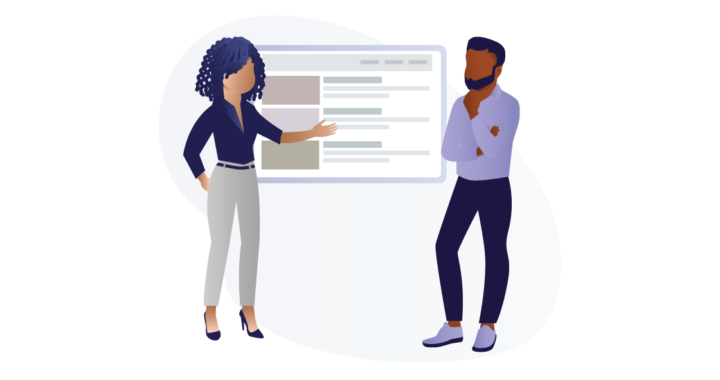Developers and UX Designers are complementary roles. They really are! The fact that this has to be emphatically stated reveals the doubt and frustration that each side experiences when working with the other.
UX designers typically feel that developers don’t understand the value of a user-focused development process. Developers usually see UX designers as artists who are difficult to communicate with. As a result, a lot of time is spent battling about implementation. With teams under pressure to meet deadlines, UX recommendations end up on the back burner, and significant user-focused design fixes have to be made, post-deployment.
Developers spend about 40 to 50% of their time on avoidable rework. Once a piece of software is deployed, the cost of fixing an error can be 100 times higher than during the development stage.
— Robert Charette, IEEE
Although it’s not obvious, developers and UX designers share the same end goal: to deliver a product on time that solves business problems and meets user needs.
UX designers can bridge the gap
There are quite a few opportunities throughout the UX process, where UX designers can make slight adjustments that can ease the tension and garner buy-in from developers. Putting the peace-making responsibility on the shoulders of UX designers may seem one-sided, but think of it as simply taking the first step to finding common ground.
The value of user-focused design is evident to UX designers and they can talk about it for days, but providing clear examples and involving developers in the UX process can go a long way in bridging the gap. Communicating the value of UX requires more “show” than “tell” and there are numerous opportunities for UX designers to do that.
Share the UX research plan
Before UX designers meet with users, sharing the research plan with the developers initiates a collaborative relationship. Seeing the interview questions, scenarios, and tasks for usability testing or wireframes for paper prototyping can be very insightful for developers as it will dispel the myth that UX designers simply ask users subjective and superficial questions like, “What colors do you like?” and makes it apparent that user engagement is a structured process.
Involve developers in UX research
Getting developers involved in the UX research is an opportunity to get them invested in the outcomes. Ask the developers if they have any relevant questions to add to the research plan. For example, if the research is for a feature redesign, it’s highly likely the developer who built the feature will be curious about issues the users are having. Including their questions in the research gets them involved, conveys that you value their role, and gets them invested in the research findings.
Collaborate on UX designs
Convening regular design sessions with developers creates a space for establishing a shared vision, discussing design challenges, reviewing research findings, and agreeing on concepts. These design sessions should be mutually informative as developers can learn about the users and user-focused design solutions, and UX designers are made aware of implementation constraints and alternative design options.
More times than not, there are going to be trade-offs. A technical constraint may require a different design solution than the UX designer initially proposed, which is not a bad thing. This is where the magic happens! Discussing trade-offs is an opportunity to work together, come up with an innovative solution, and recognize the value that each role contributes to the success of the product.
Make time for UX work ahead of development
It is important for UX research and design activities to occur sufficiently ahead of development. Handing the developer a mock-up on short notice is bound to get your design put on the back burner. This definitely requires upfront team planning. For Agile development teams, the UX designer should start at least 2 sprints ahead of development.

This approach gives the entire team time to get on the same page. During each sprint, the developers and UX designers communicate their understanding of the problem and build on what they learn about the users, the design trade-offs, and feasible solutions to prevent last-minute disputes about implementation and minimize user-focused design rework after deployment.
Conclusion
What UX designers do and how they do it is a mystery to most developers. Likewise, technical limitations are not apparent to most UX designers. When developers participate in the UX process, the two soon recognize the unique perspective and value that each role brings to the design and development process. It becomes apparent that they have a shared end goal and common ground and that UX design is an opportunity to communicate often and collaborate to deliver a successful product on time that solves business problems and meets user needs.
About the Authors
Anne Day, UX/UI Designer
Anne joined Flexwind Inc in 2018 and has over 30 years of experience in UX and graphic design. She has helped design and modernize multiple enterprise custom software systems for the U.S. Government and commercial companies. Anne holds a Bachelor’s degree in Studio Art and has a UX Certification from NN/g.
Petrina Moore Pervall, UX Engineer
Petrina joined Flexwind in 2018 and has over 20 years of experience in UI development, user research, and UX design. She helps development teams discover user behavior patterns and make informed design decisions using qualitative research methods and cognitive design principles. Petrina holds UX certifications from Human Factors Int’l and NN/g as well as a Masters in Human Factors and Applied Cognition.
